To prevent this, scientists are developing nature-like technologies that will bring energy consumption down to natural levels, thus reducing the human impact on the environment. The Siberian Federal University is now thoroughly working in this field; research is currently underway at the university’s laboratories. From this photo report, compiled by Rossiya Segodnya’s Social Navigator project together with the Siberian Federal University, you can learn more about the scientists’ most promising projects.
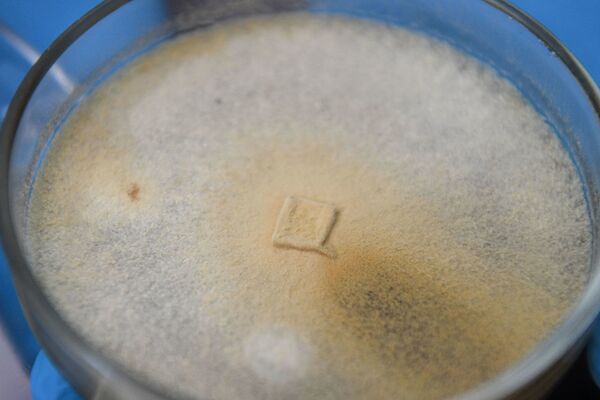
1/10
© Sputnik / Alexander Kryazhev
Employees at the Laboratory of Forest Genomics are studying the genome of highly pathogenic fungi parasites on trees.
Above: Sample of pine fungus, a major forest pathogen.
Above: Sample of pine fungus, a major forest pathogen.
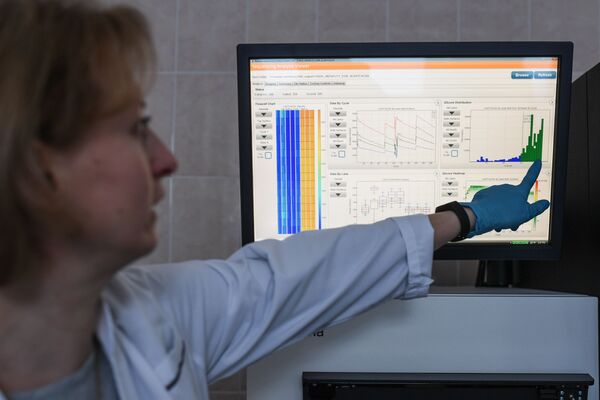
2/10
© Sputnik / Alexander Kryazhev
Fungi cause Siberian forests to dry out, so scientists are searching for a way to protect the trees.
Above: Leading research associate at SFU Laboratory of Forest Genomics Natalya Oreshkova showing genome study findings.
Above: Leading research associate at SFU Laboratory of Forest Genomics Natalya Oreshkova showing genome study findings.
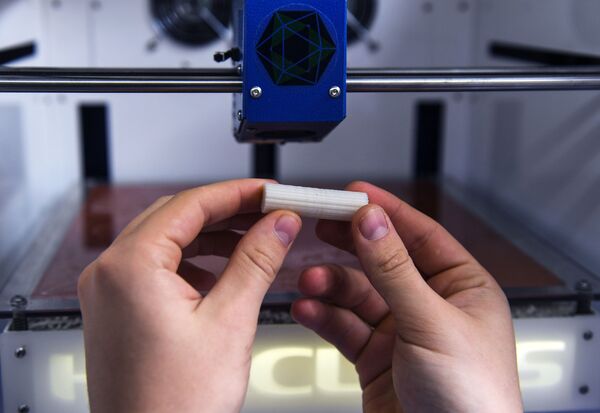
At the Laboratory of Biotechnology and New Materials, researchers are designing implants to be used in reconstructive surgery. The implants are made from a biocompatible, bio-degradable and environmentally friendly polymer called bioplastotan.
Above: A printed bioplastotan sample to be used for bone tissue reconstruction.
Above: A printed bioplastotan sample to be used for bone tissue reconstruction.
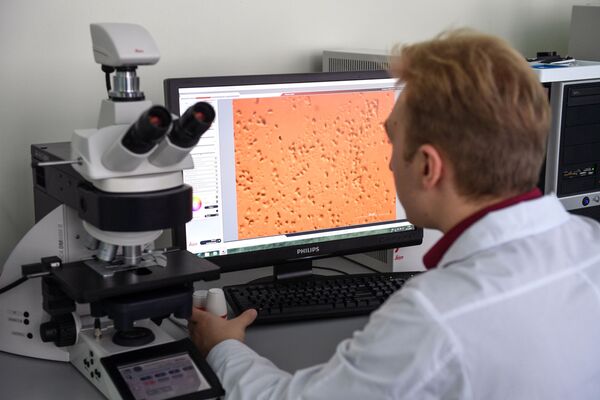
Bioplastotan is created by a special culture of bacteria cultivated by biotechnologists. It can be used for producing not only medical materials, but also biodegradable containers, packing materials, etc.
Above: Laboratory employee showing an image of the bacteria culture synthesizing bioplastotan.
Above: Laboratory employee showing an image of the bacteria culture synthesizing bioplastotan.

At the Molecular Genetic Research Methods Laboratory, scientists are studying the primary structure of the DNA and RNA in order to identify mutations in the human genome.
Above: Placing DNA samples in polyacrylamide gel wells to identify mutations in patients with oncohematological diseases.
Above: Placing DNA samples in polyacrylamide gel wells to identify mutations in patients with oncohematological diseases.
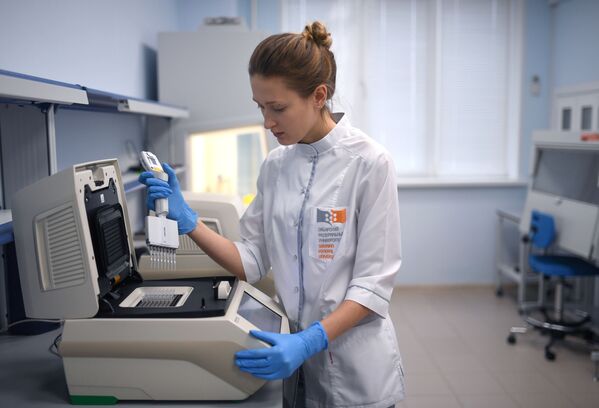
Scientists take mutations into account when compiling personal genetic passports and searching for causes of a range of diseases.
Photo: SFU student Ksenia Semashchenko carrying out erythrocyte lysis.
Photo: SFU student Ksenia Semashchenko carrying out erythrocyte lysis.
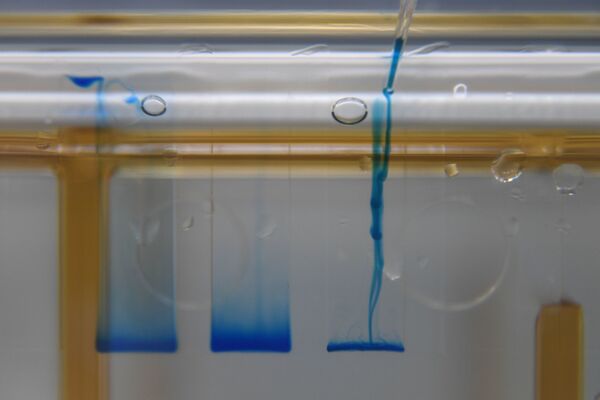
7/10
© Sputnik / Alexander Kryazhev
Using various methods for studying patients’ DNA molecules, scientists compile a database of new mutations. They will use the database to study the effects of anthropogenic factors in the development of “malignant” mutations.
Above: A stage of MLPA analysis used to identify CNV mutations in patients suffering from Parkinson’s disease.
Above: A stage of MLPA analysis used to identify CNV mutations in patients suffering from Parkinson’s disease.
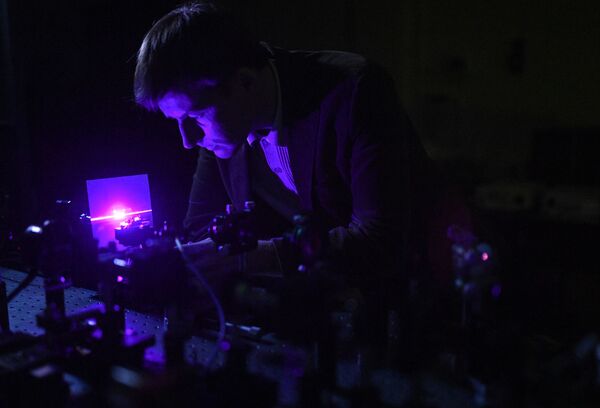
At the Laboratory of Coherent Technologies, researchers use femtosecond laser systems to study photonic crystals and non-linear phase gratings. The next stage of this research will include green technologies.
Above: Andrei Viyunyshev, associate professor at the SFU Institute Of Engineering Physics and Radio Electronics’ Chair of Photonics and Laser Technologies showing the frequency doubling of laser radiation in a two-dimensional non-linear photonic crystal.
Above: Andrei Viyunyshev, associate professor at the SFU Institute Of Engineering Physics and Radio Electronics’ Chair of Photonics and Laser Technologies showing the frequency doubling of laser radiation in a two-dimensional non-linear photonic crystal.

9/10
© Sputnik / Alexander Kryazhev
Researchers at the SFU Institute of Petroleum and Natural Gas Engineering’s Oilfield Chemistry Laboratory are searching for new and efficient ways to produce oil. The existing methods are characterized by a low recovery ratio, so the scientists are striving to increase it.
Above: Alexander Matveyev researching the process of filtering oil through a rock sample.
Above: Alexander Matveyev researching the process of filtering oil through a rock sample.
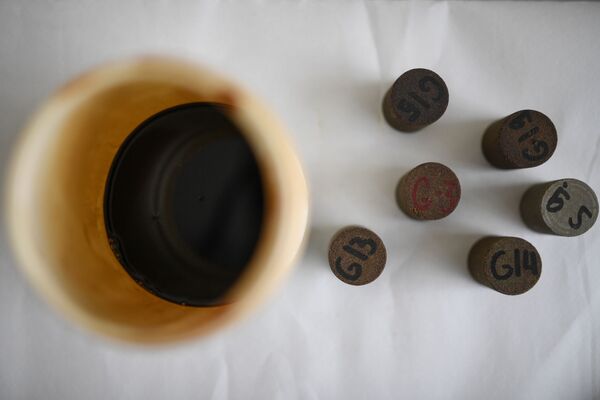
10/10
© Sputnik / Alexander Kryazhev
To improve the oil recovery rates, researchers are trying different environmentally friendly displacement agents – substances that “push” the oil out of the well.
Above: Samples of rock filled with fluid (oil).
Above: Samples of rock filled with fluid (oil).



